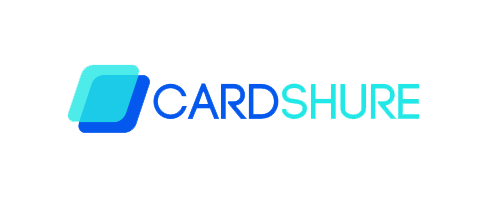Here I would be giving you details on How to Make a Financial Success Story out of Your Mobile App. So far Smartphones have dominated, and they are here to stay. The deal with smartphones now is that we need apps to make use of them proficiently.
At the moment, there is an app economy, so we really need to consider the money aspect of the App. At this point, anyone would ask if you would place ads on your app or go to in-app purchases.
How to Make a Financial Success Story Out of Your Mobile App
Making Use of Ads
YouTube, Facebook, Google, Apple, and even Netflix Make use of Ads as a part of their primary monetization strategy. However, something about them makes their approach a lot more transferable to any ordinary startup. And that is, they all are monopolies.
Sometimes they would offer you the choice of skipping the ads, but you would still have to sit through them if they do not. A start-up cannot be called a monopolist. Sometimes, placing ads can be seen as a scam or desperation. Worse still, ads would take the attention away from the app, which would lead to a major scourge of all apps, user churn.
The moment your users are no longer focused on your app, they would leave. And they not just leave, they would take the one-tenth of a cent your app stands a chance to have earned by showing them another 10 ads. So, what choices do we actually have?
Entice Your User
One way that was discovered as an answer to start-up app monetization is in-app purchases. The basic idea here is to have a freemium monetization strategy where the app is free to use but it would become a lot better after an in-app purchase of some additional access, service, or a perk.
The thing here is that this solution is not something that works for everybody. Everything depends mainly on the specific way the freemium strategy is implemented. Here I would be giving you tips on to get on with it.
- Personalize and follow up, but try not to be creepy
- Make use of the timeless push and in-app notifications, but make sure you do not do it at a wrong time
- Try to be creative about the monetization
- Make sure the whole team is involved because business is more of a team game
- Make it easy for your users to spend money
It is worth repeating that burning through cash inside the application ought to be simple, while the whole experience ought to be connecting yet not requesting. Some would disregard it and devise methods to provide users with a slew of notifications, choices, and options.
This makes the team very active and gives the impression that something has been done to improve the app’s performance. Yet, is a passing fulfillment of a completed rundown of tasks worth your clients’ consideration? No, in light of the fact that all things considered, there’s no need to focus on you.
It is Always About What Customers Want
This process is an easy one, free apps happen to have more users. If your app is not free, then you need to be sure of what you are doing. Let’s say, a paid-only monetization strategy makes sense for B2B apps, but then you should know that your users would not be that plenty.
Moreover, engaging your new users is certain to happen personally, making it a lot more like an old classical business. B2C apps would only make sense as free or freemium. Free apps usually work as a part of the bigger marketing funnel, and a standalone app requires a freemium monetization strategy, otherwise, the business would not make enough cash.
Subsequently, everything revolves a main be perceived around a client from the information left from collaborations. Both an opportunity and a responsibility arise from this: a client can remain and burn through cash for a decent idea yet would quickly leave when their own space is disregarded. In the end, it comes down to your relationship with the customers.

